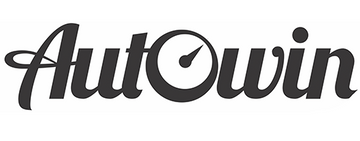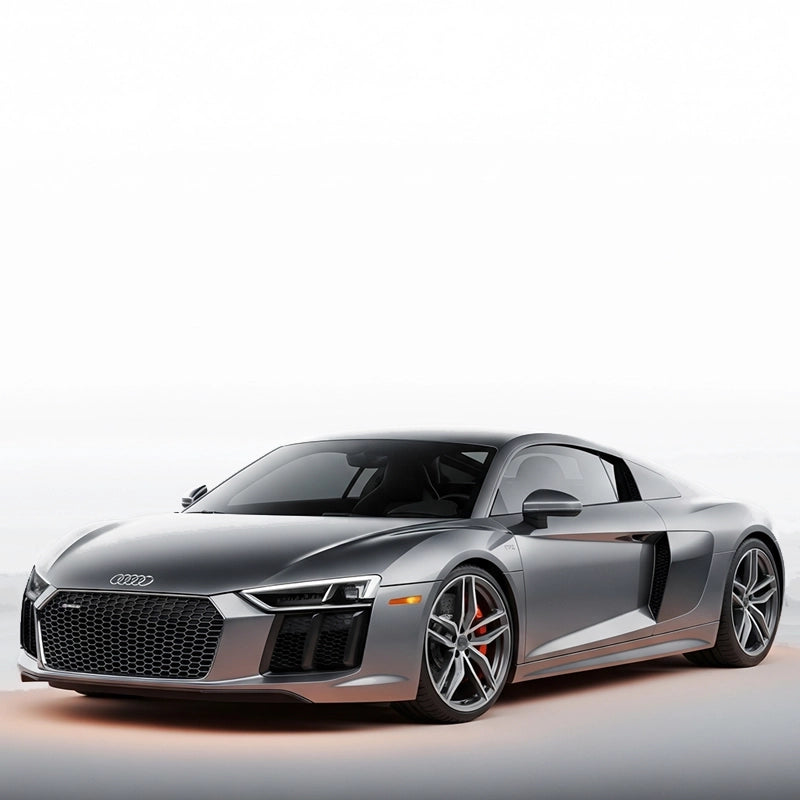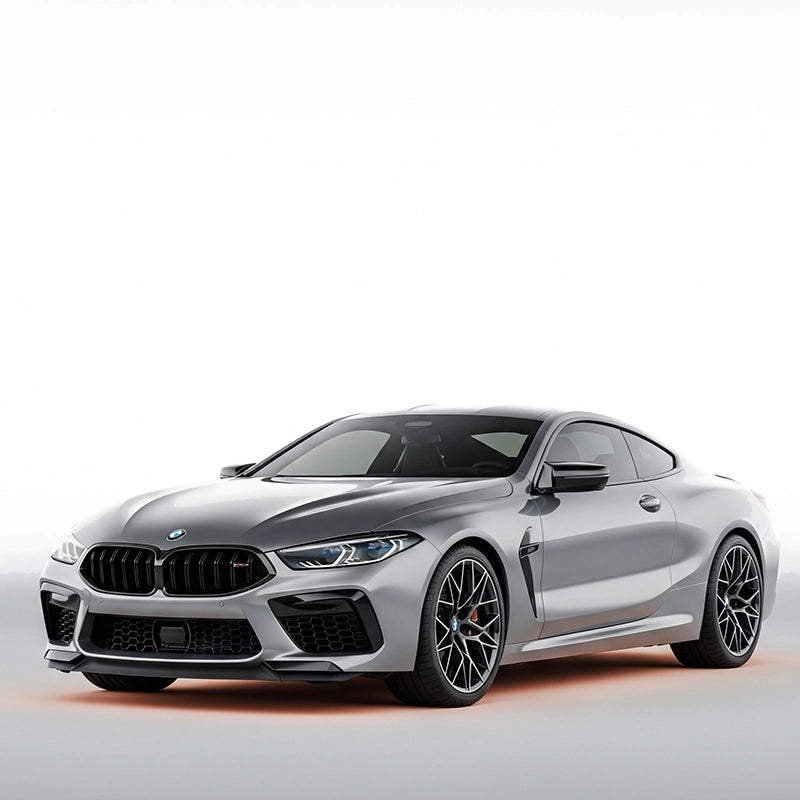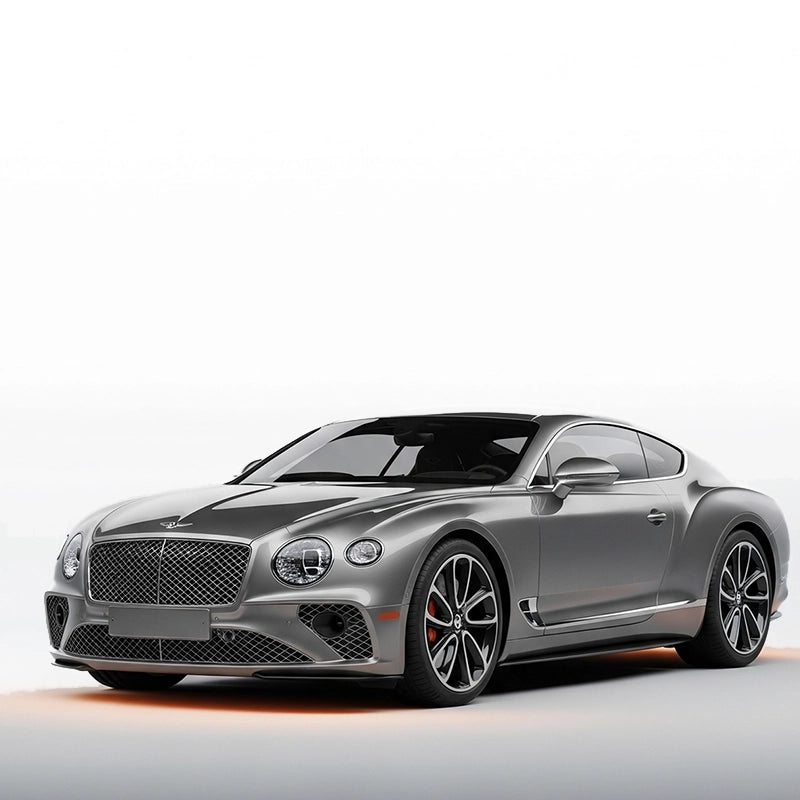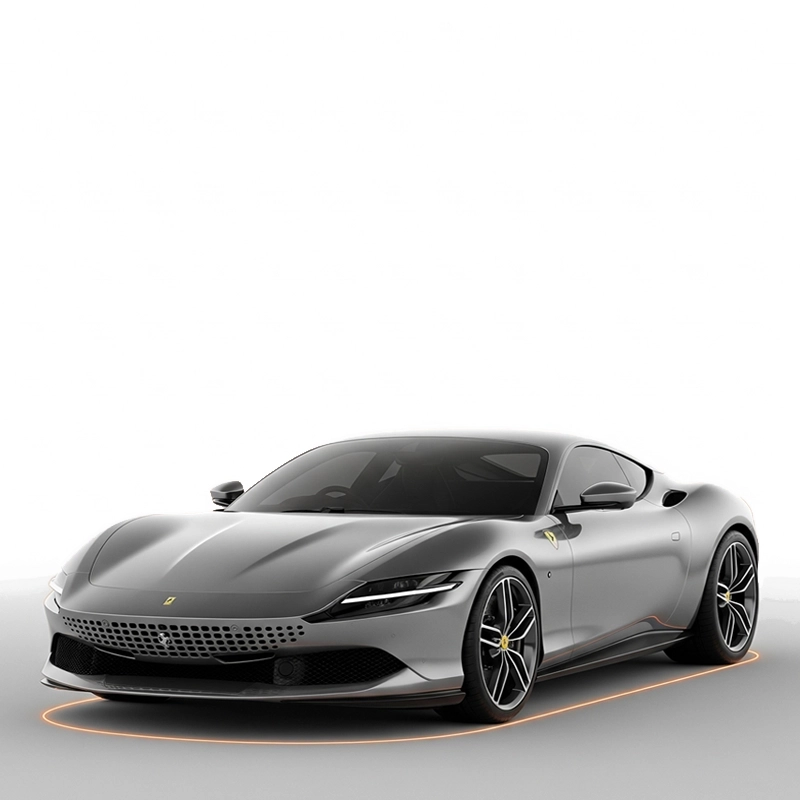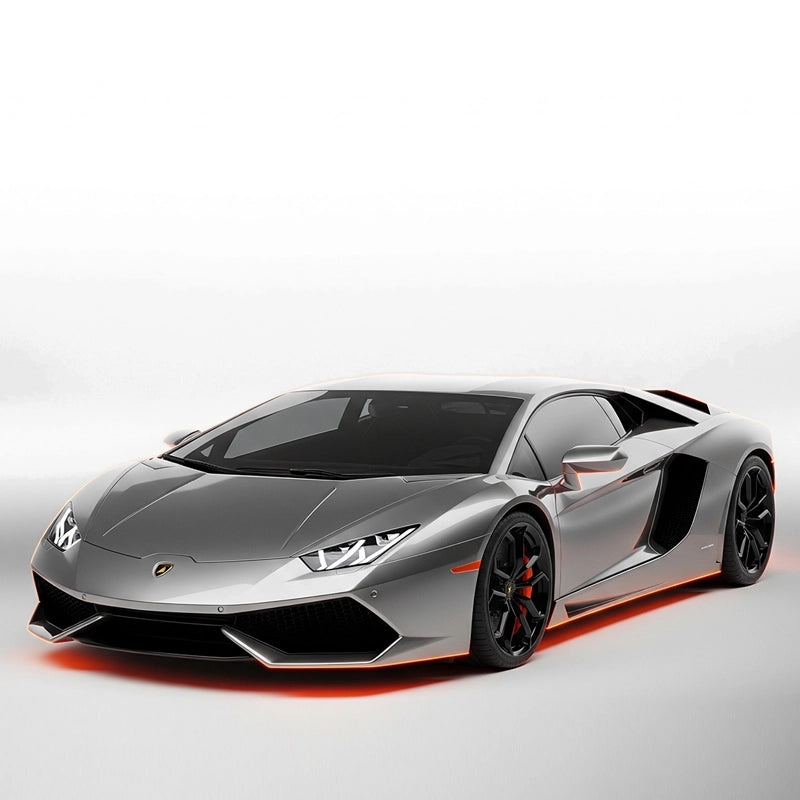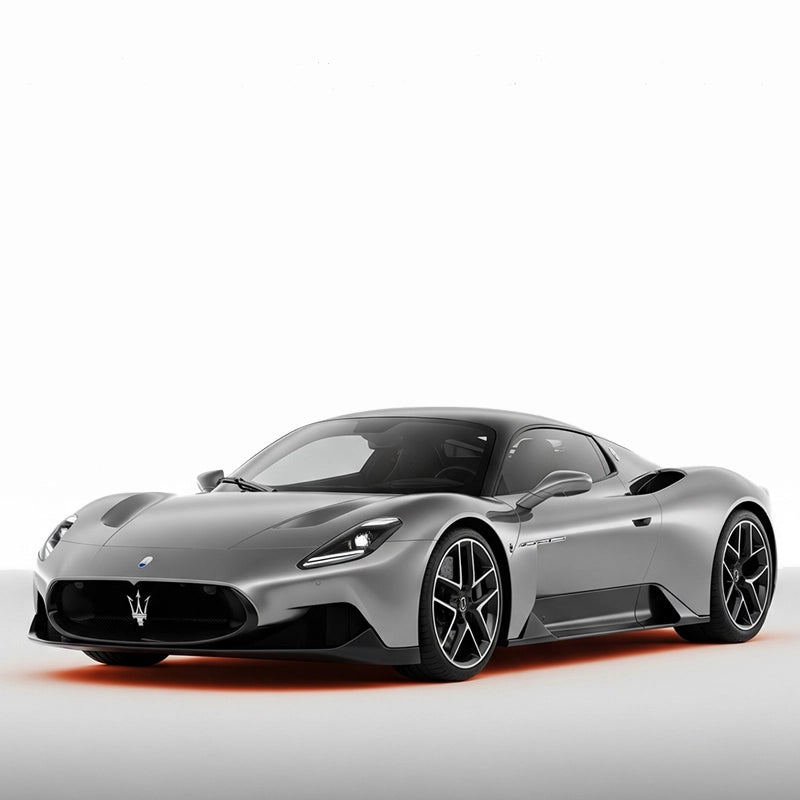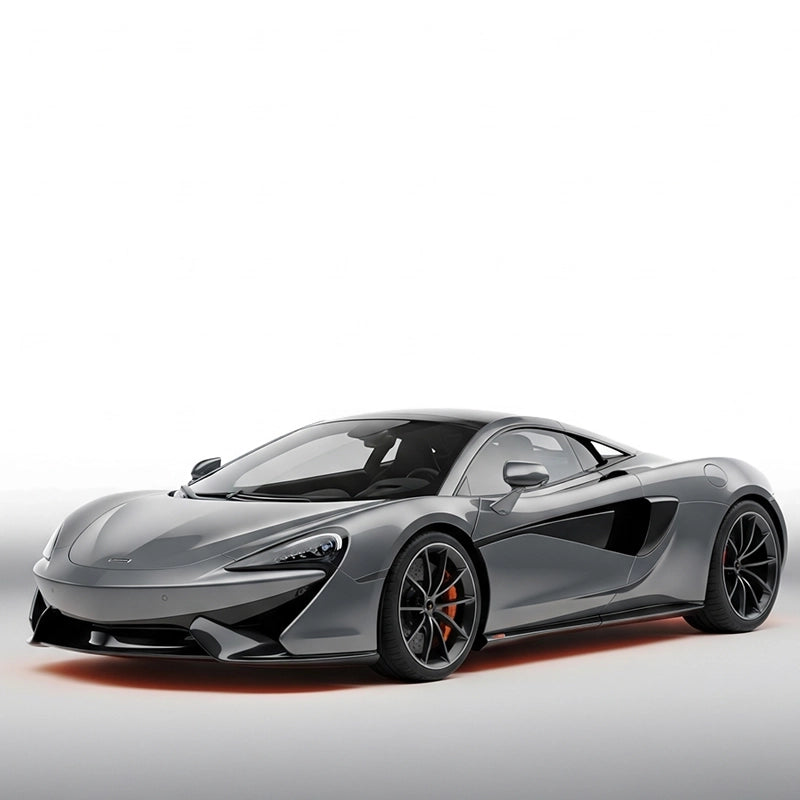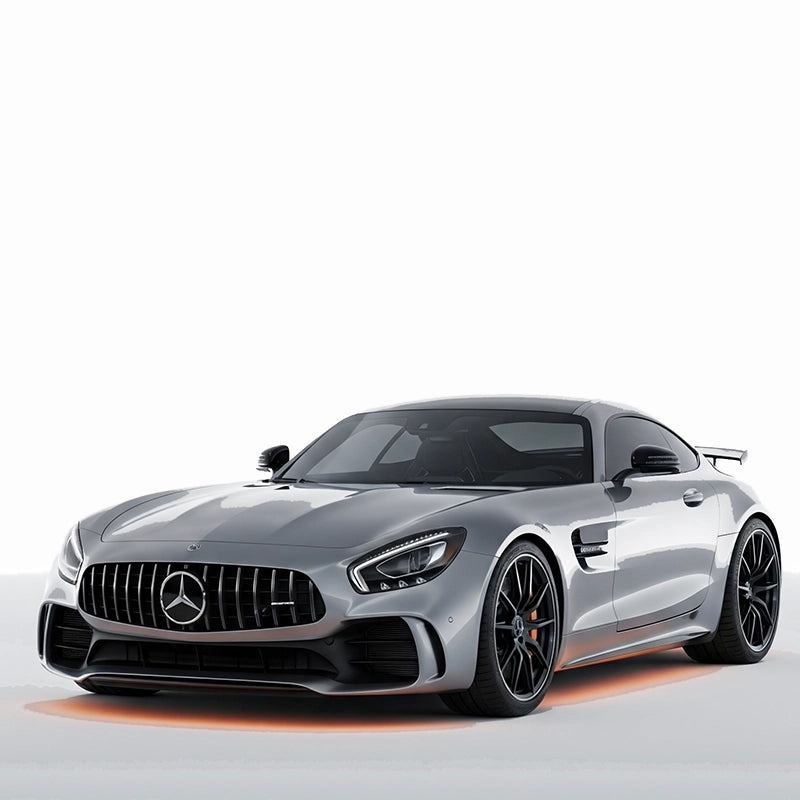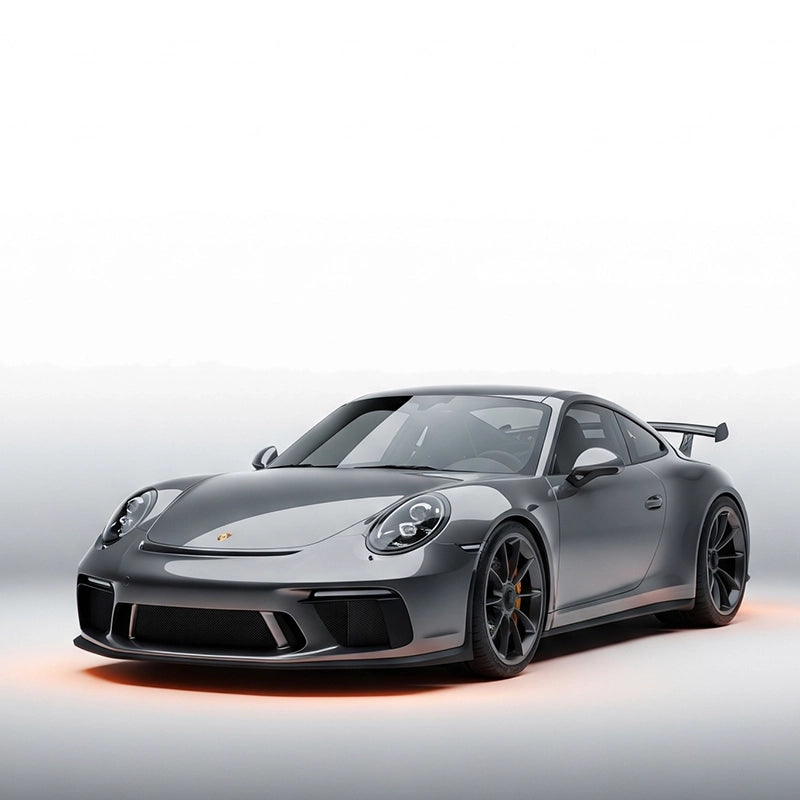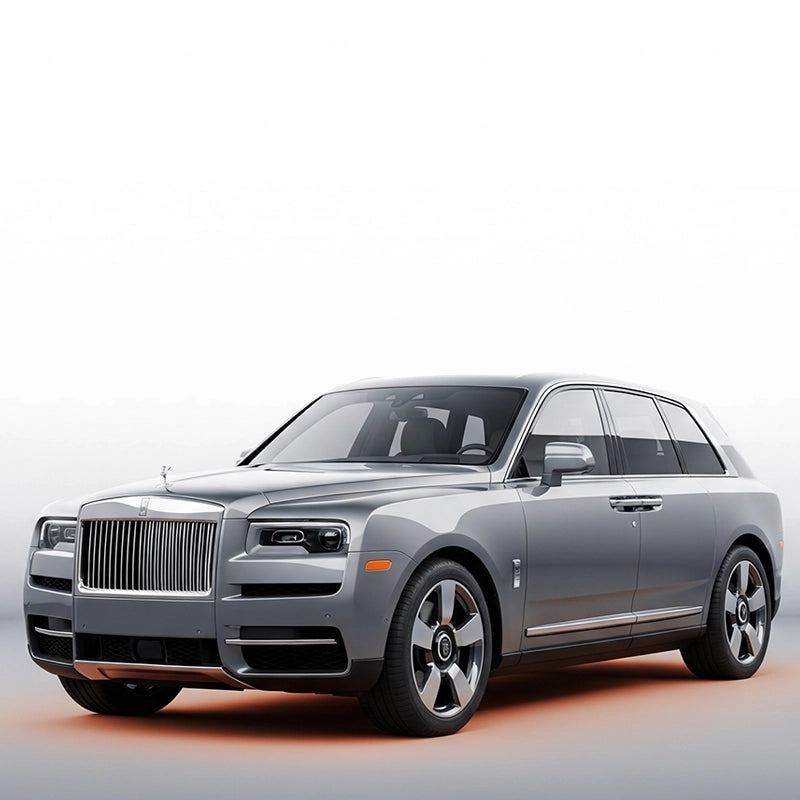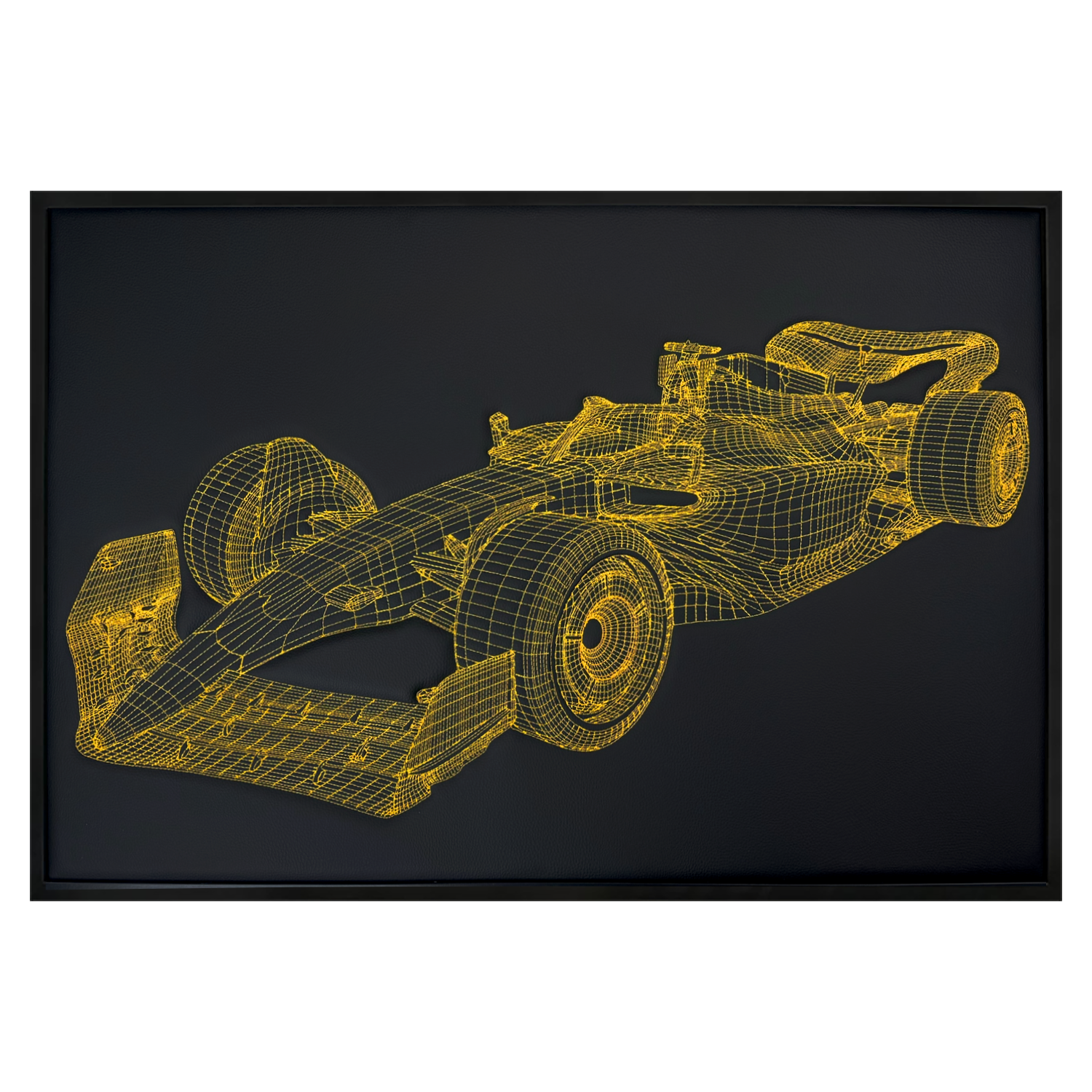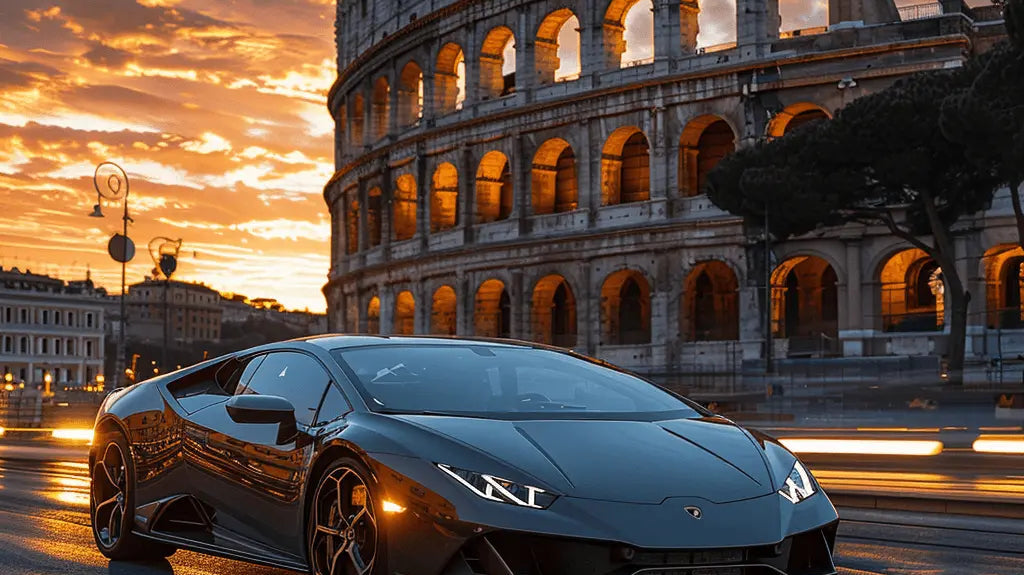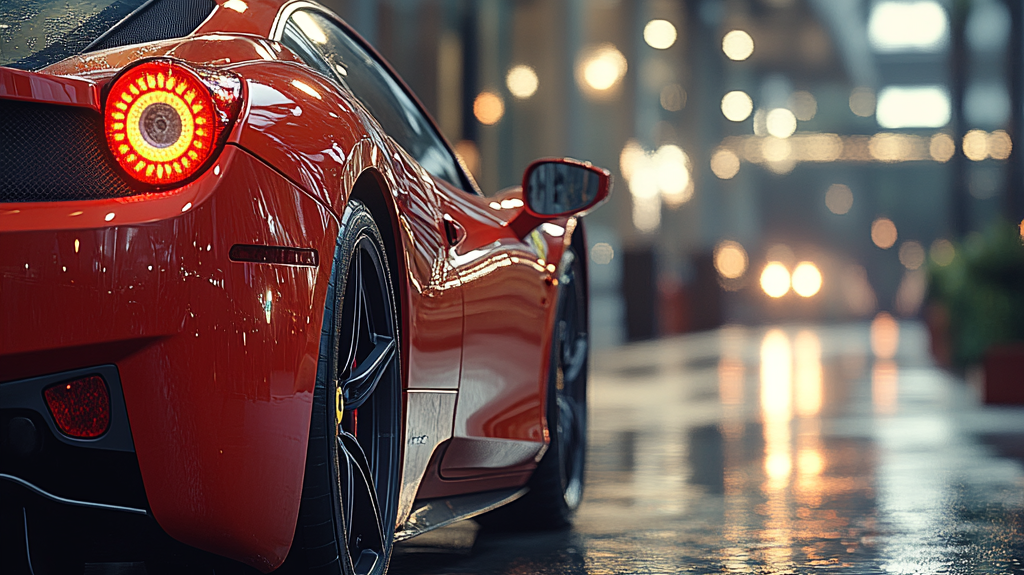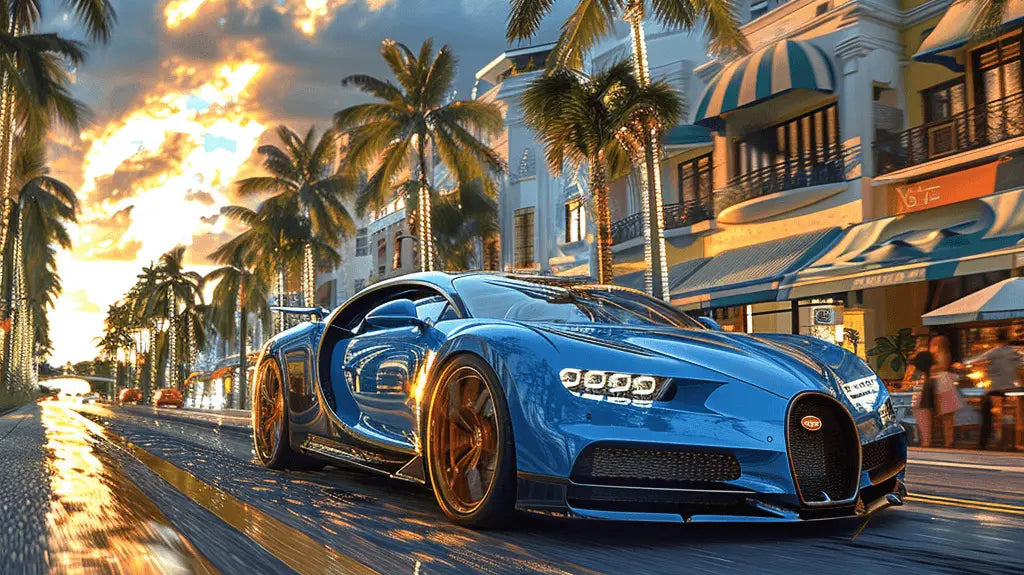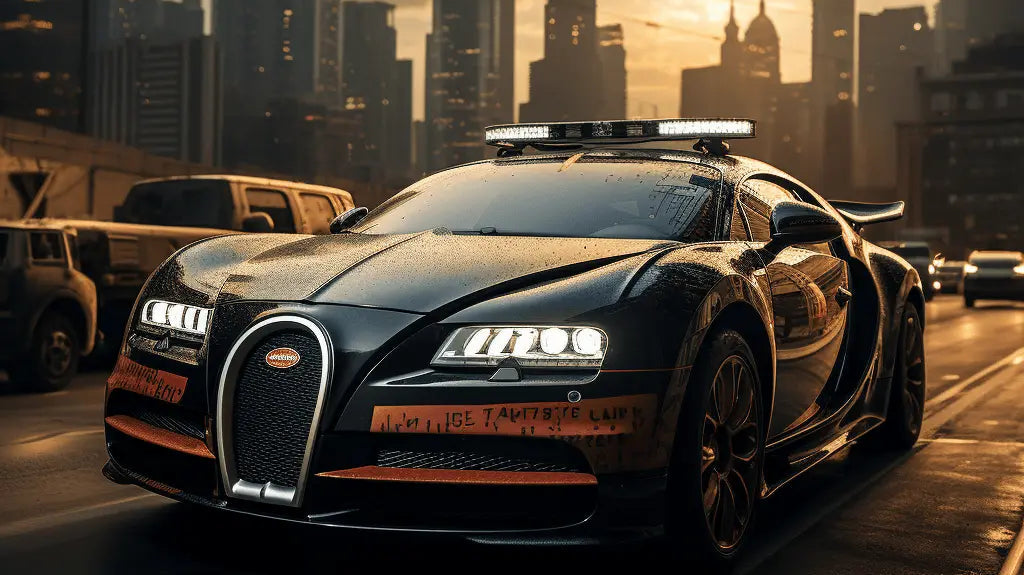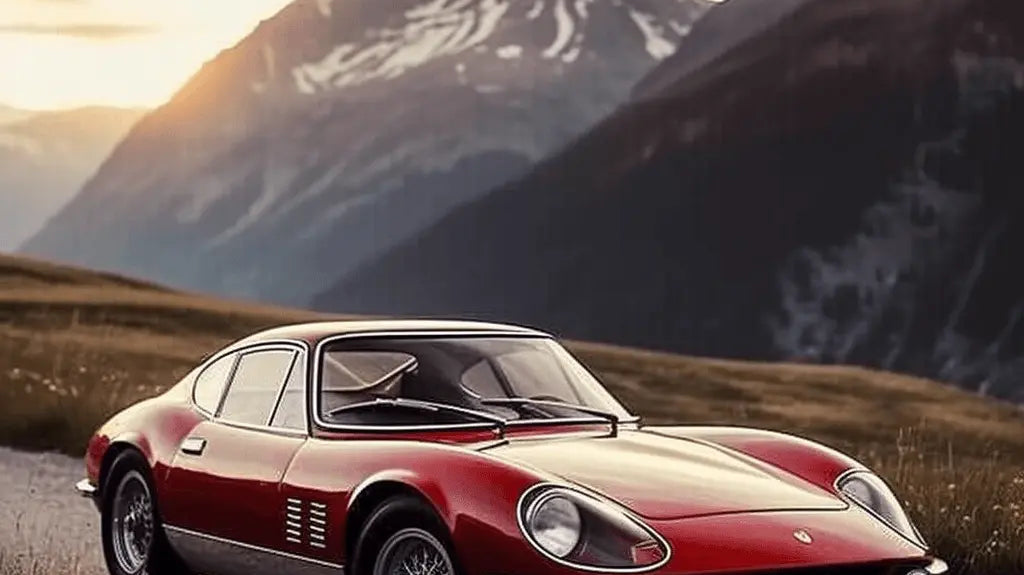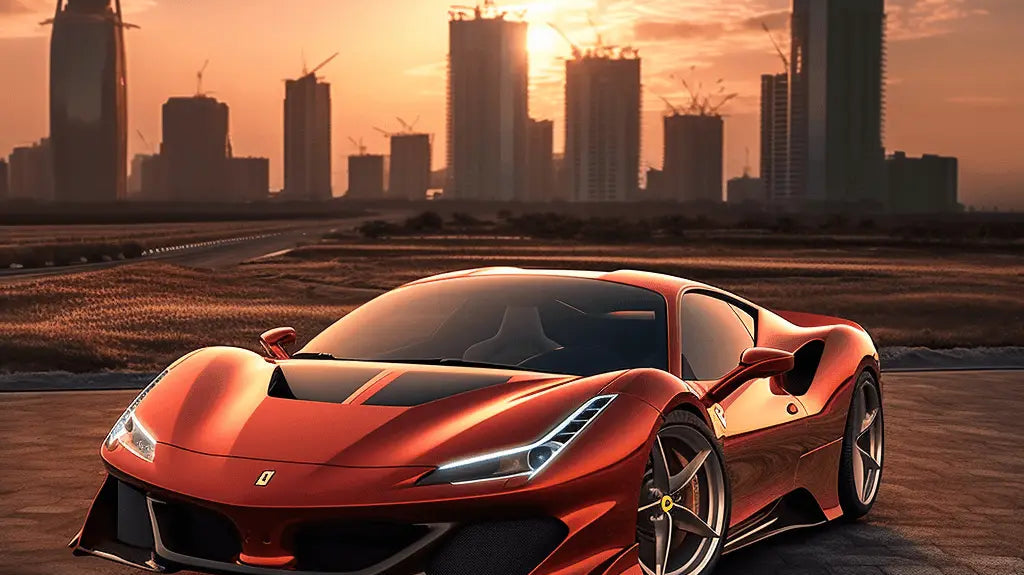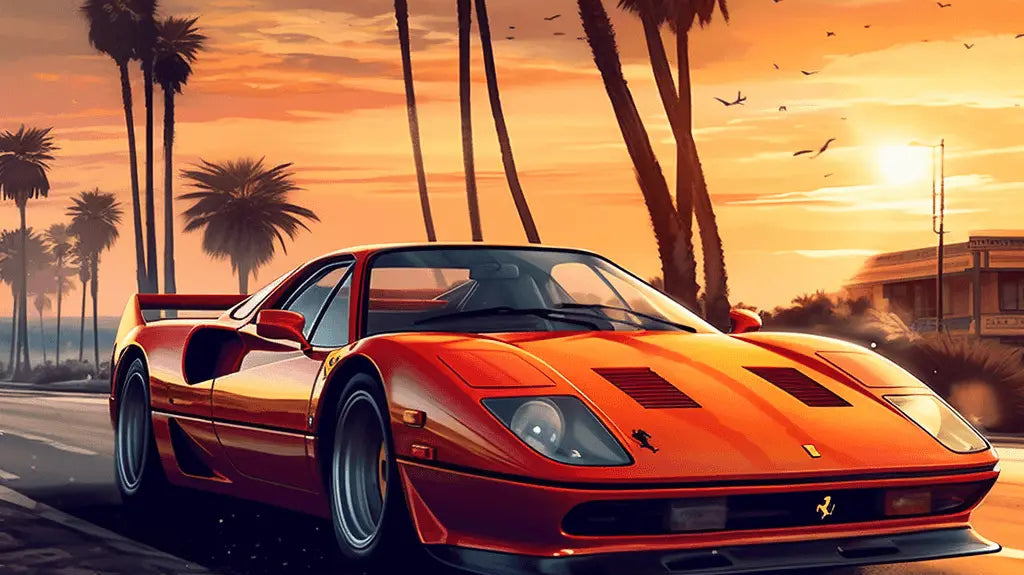Ferrari Testarossa Spider: Embrace the Open-Air Thrills
I’ve always said the Testarossa is the poster that grew up with us. The Ferrari Testarossa Spider, though? That’s the poster someone sneaked off the wall, cut the roof off, and drove straight into a sunset. The first time I rode shotgun in a well-executed coachbuilt Spider, I noticed right away how the flat-12’s metallic thrum fills the cabin at 4,000 rpm—like a brass quartet tuning up behind your ears. It’s not just fast; it’s a feeling. And—small confession—I didn’t expect it to be this relaxing with the roof down. But there we are.
Ferrari Testarossa Spider History: The Unicorn That Escaped Maranello
The Testarossa arrived in 1984 with those famous side strakes and a wide-hipped stance that made the 1980s look even more 1980s. The Ferrari Testarossa Spider story is more nuanced. Officially, Ferrari only sanctioned a single Spider—built for Agnelli, finished in a shimmering silver, and wearing a bespoke roof arrangement. Beyond that singular car (and a few special commissions rumored for ultra-VIP clients), the open-air Testarossas we know and love today were created by independent coachbuilders.
That means every Spider has a bit of its own narrative: different reinforcement strategies, roof mechanisms, and detailing. The best ones feel cohesive—chassis stiff enough, roof secure enough, and the look just right with the top down. The not-so-great ones? Scuttle shake and fit-and-finish gremlins can creep in. Choose wisely, and you’re driving something rarer than most supercars today.
Ferrari Testarossa Spider Performance: Flat-12 Thunder, Open Sky
Donor car or not, the heart remains the same: a 4.9-liter flat-12. In period trim it produced around 380 hp and 361 lb-ft, delivered through a five-speed gated manual that clicks and clacks like a precision watch being wound. Ferrari quoted a 0–60 mph time in the mid-5s (figure 5.2–5.8 seconds depending on tune, year, and conversion weight) and a top speed near 180 mph.
With the roof gone, added bracing typically nudges weight up a bit, but on the move it still feels special. Steering is hefty at parking speeds—forearms earn their keep—but once rolling it lightens into that old-school Ferrari feel, talkative and keen. I noticed a touch of scuttle tremor over gnarly urban potholes (conversion-dependent), but on a coastal B-road the Spider simply flows. Keep the tach needled between 4,000 and 7,000 rpm and the car opens up, the intake howl melding with a cultured exhaust tenor that’s never obnoxious—just wonderfully mechanical.
- Engine: 4.9L flat-12 (Tipo F113 series)
- Output: ~380 hp, 361 lb-ft (period specs; conversions may vary)
- Transmission: 5-speed gated manual
- 0–60 mph: ~5.2–5.8 seconds
- Top speed: Up to ~180 mph (coupe baseline; Spider depends on build)
- Chassis: Steel spaceframe; coachbuilt Spiders add structural bracing
Design and Roof: The Testarossa Spider’s Theater
There’s no mistaking it: the cheese-grater side strakes, that impossibly wide rear track, the pop-up lights. Top down, the Ferrari Testarossa Spider looks like a designer finally unbuttoned its collar. Roof systems vary—some manual soft-tops with clever bows, some more elaborate setups—but the best preserve the coupe’s line without looking like an afterthought. When I tried one on rough roads, I could hear a minor top squeak at low speeds; on the open road, it disappears into the soundtrack.
Practicality? Sort of. The front trunk will take weekend bags and there’s a useful shelf behind the seats—perfect for soft duffels, not so much hard suitcases. It’s a car for an impromptu Amalfi coast run, a late-night city loop, or a Sunday breakfast blast where your parking spot becomes the coffee shop’s main conversation.
Interior, Usability, and Accessories for the Ferrari Testarossa Spider
Inside, the Testarossa is pure period Ferrari: classic dials, a low cowl, and that polished metal gate. Seats are surprisingly comfortable for longer runs, though the driving position is slightly offset and the clutch can be friendlier after you’ve warmed up. Later cars improved A/C performance, but on truly hot days you’ll still want a well-maintained system. It’s quiet enough to hear your passenger—and, yes, your kids arguing in the back of your mind about ice cream—yet loud enough to make every tunnel a mini opera house.
Protecting that cabin matters. If you’re refreshing the interior, start with floor mats—honestly the easiest win on style and preservation. The Ferrari specific options from AutoWin are properly tailored, and there are sets sized for the Testarossa footprint, which of course is what your Spider conversion uses.

In my experience, good mats save you from heel-wear near the clutch and trap the dust these cars tend to collect after a top-down run. AutoWin’s options are cut to fit, with proper anchors and trim that looks factory. If you’re cross-shopping Ferrari spiders, the modern F8 Spider is a different universe of tech—but the right mats still make a difference there, too.

Ferrari Testarossa Spider vs. Period Open-Air Exotics
Numbers never tell the whole story, but they help frame the legend. Here’s how an expertly converted Ferrari Testarossa Spider stacks up against some contemporaries. Figures are period-typical and may vary by source and spec.
| Model | Engine | Power | 0–60 mph | Top Speed | Production/Availability |
|---|---|---|---|---|---|
| Ferrari Testarossa Spider (coachbuilt) | 4.9L flat-12 | ~380 hp | ~5.2–5.8 s | ~175–180 mph | Ultra-low volume, conversion-based |
| Lamborghini Diablo VT Roadster (1995) | 5.7L V12 | ~492 hp | ~4.0 s | ~202 mph | Low volume factory model |
| Porsche 911 Turbo Cabriolet (930, 1987–89) | 3.3L flat-6 turbo | ~282–300 hp | ~5.0–5.5 s | ~160–165 mph | Limited production |
What It’s Like to Live With
Cold starts demand patience; the gear oil appreciates a few miles before it loosens its handshake. The clutch is meaty but predictable, the brake pedal high and firm. On a long highway pull—say, Paris to Deauville—it settles into a surprisingly relaxed lope, wind management decent up to 80 mph with the windows up. In town, expect attention. Valets grin, phones come out, and you’ll inevitably answer, “Yes, it’s the flat-12.”
Quirks? Sure. The turning circle isn’t city-car tight, the pedal box is slightly skewed, and if your cooling fans are lazy you’ll know about it. But when the sun dips and the revs rise, you remember why you chased this dream. It’s theater you can drive.
Conclusion: Why the Ferrari Testarossa Spider Still Matters
The Ferrari Testarossa Spider is equal parts myth and metal, a rare open-air slice of Maranello’s greatest hits album. It blends that unmistakable design with a flat-12 soundtrack that’s best enjoyed with sky above. Not perfect—no great classic ever is—but that’s precisely the charm.
If you’re lucky enough to own one (or you’re hunting), invest in the details that make living with it better. Start with properly fitted mats from AutoWin—their Ferrari selections include tailored sets for the Testarossa, giving your Testarossa Spider the kind of care an icon deserves. Small upgrade, big daily difference.
Ferrari Testarossa Spider FAQ
Was there an official Ferrari Testarossa Spider?
Ferrari built one factory Spider for Gianni Agnelli in 1986. Most Testarossa Spiders are coachbuilt conversions performed on coupes by reputable specialists.
How fast is the Ferrari Testarossa Spider?
Expect performance similar to a period Testarossa: roughly 0–60 mph in the mid-5s and a top speed near 180 mph, depending on the specific conversion and setup.
What should I look for when buying a Testarossa Spider conversion?
Chassis reinforcement quality, roof fitment and sealing, documentation of the conversion, and comprehensive service history. A pre-purchase inspection by a Ferrari specialist is essential.
Is the Testarossa Spider practical?
For weekend getaways, yes: small front trunk, a shelf behind the seats, and tolerable wind with the roof down. It’s not a daily commuter, but it’s perfectly usable for special trips.
Where can I get interior accessories like floor mats?
For tailored mats that fit the Testarossa footprint, check AutoWin’s Ferrari lineup. They offer custom-fit options for the Testarossa that suit Spider conversions beautifully.
